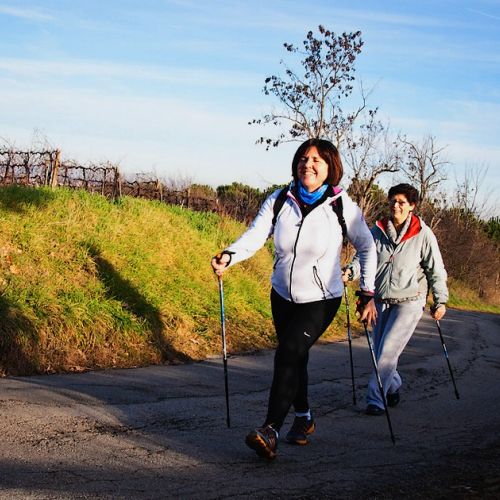Pink October: Is Breast Pain A Symptom Of Cancer?
Many women worry when they experience painful sensations in their breasts. But can such pain be a symptom of breast cancer? On the occasion of Pink October, we offer you an overview of this issue.
What are the possible causes of breast pain?
Breast pain can be a cause for concern, especially since breast cancer is the most common cancer among women. With 31,214 cases reported in 2023, it accounts for about one-third of cancers diagnosed in female patients, according to the latest overview by the National Cancer Institute published in September 2024.
When breast pain occurs, many women understandably wonder if it might be a symptom of cancer. Fortunately, this type of pain, which is quite common, is generally benign. It is estimated that 50% of women experience breast pain or mastodynia at some point in their lives. However, most of the time, the cause of this pain is not serious.
It is sometimes related to the menstrual cycle because breasts can become painful, tense, and swollen before menstruation or due to other hormonal variations (poorly balanced contraceptive treatment, pregnancy, or perimenopause).
There are also other types of non-cyclic breast pain. These mastodynias can affect one breast and occur in different areas of the breast. They may be caused by benign masses or cysts.
Should you consult your doctor for breast pain?
When breast pain is not cyclical, it is advisable to consult a doctor. Make an appointment with your general practitioner or gynecologist to have a breast imaging test prescribed.
Undergoing a mammogram should not alarm you. This radiological examination is merely a precaution and does not necessarily mean it is cancer.
In fact, breast cancer rarely manifests as pain, except when it affects certain highly sensitive areas such as the nerves or the axillary hollow.
What are the symptoms of breast cancer?
Despite awareness efforts during campaigns like Pink October, 53% of French women still report not being well-informed about breast cancer, its risk factors, and potential symptoms.
While breast pain is a sign of cancer in less than 1% of cases, other symptoms should alert you and prompt you to consult a gynecologist without delay:
• a deformation of the breast.
• the appearance of a lump.
• nipple retraction.
• a change in the appearance of the skin on the breast.
• discharge from the nipple, which may be bloody or serous, from one breast and unrelated to breastfeeding.
In the presence of any of these signs, it is important to consult without delay to undergo a clinical examination (breast palpation and ultrasound), which will be supplemented if necessary by a mammogram and biopsy. To conclude, let's remember that the earlier breast cancer is detected, the greater the chances of recovery.
This is also why women are recommended, in addition to participating in organized screening campaigns after the age of 50, to monitor the appearance of their breasts and practice self-examination (see our related article).






